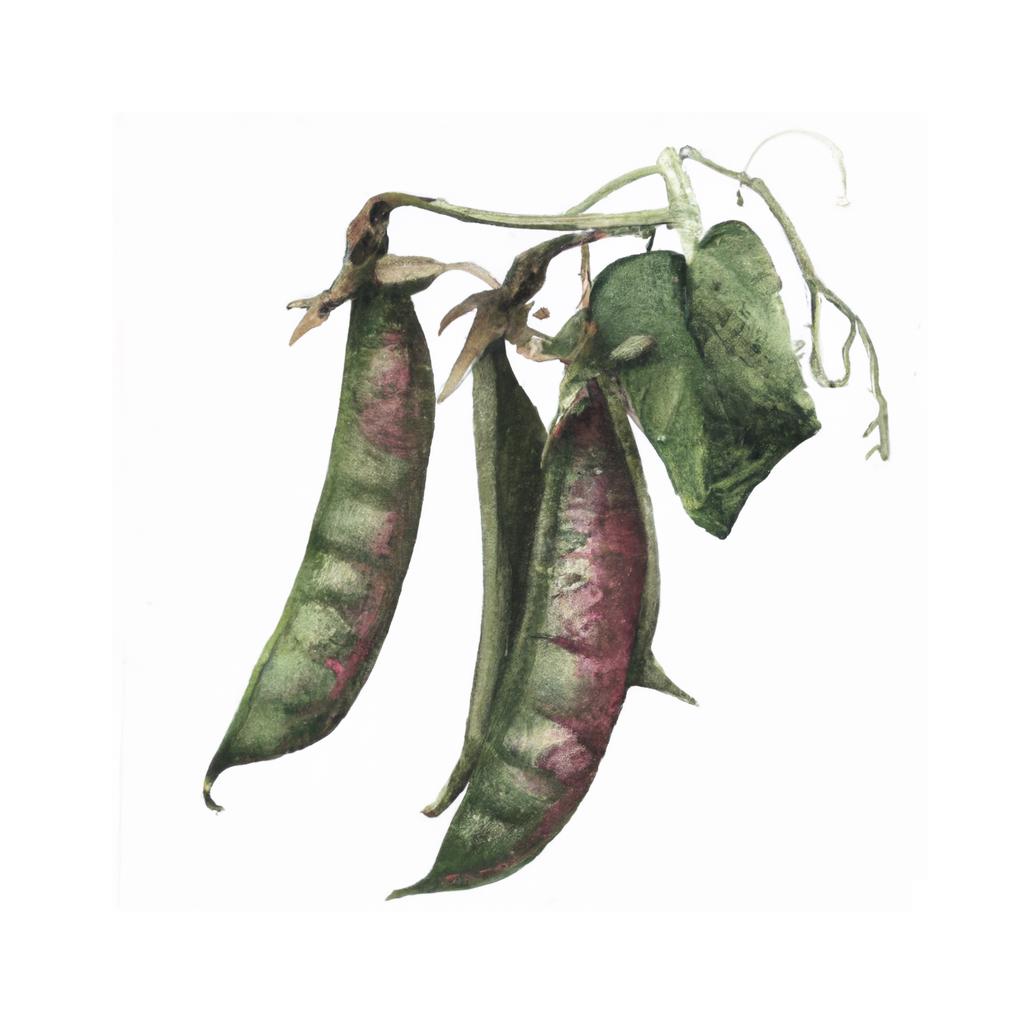
The pea, scientifically known as Pisum sativum, is a green legume belonging to the Fabaceae family. Peas have been cultivated for thousands of years, with evidence suggesting they originated in the Mediterranean basin and Middle East. These nutrient-dense vegetables are rich in vitamins, minerals, and proteins, making them a valuable addition to a healthy diet.
There are several types of peas, including garden peas (also called sweet peas or English peas), snow peas, and snap peas. Garden peas are usually eaten shelled, while snow peas and snap peas are consumed whole with their pods. Each type possesses its own unique flavor, ranging from sweet to slightly bitter.
History traces the cultivation of peas back to the Neolithic period, approximately 7000 years ago. They spread through Europe and Asia, where they became essential components of various cuisines. In the 17th century, French chef François Louis de la Varenne first described pea soup, now a classic dish in many cultures.
Peas can be eaten fresh, frozen, dried, or canned, making them versatile inclusions in a variety of dishes. They beautifully complement pasta dishes, salads, soups, and stews. Peas also pair well with proteins such as fish, chicken, and tofu. In Indian cuisine, peas frequently accompany paneer cheese in traditional dishes like matar paneer.
Aside from their delicious taste, peas offer numerous health benefits. They are low in calories and high in fiber, which aids digestion and helps maintain a healthy weight. Peas also contain antioxidants, such as vitamins C and E, which support a strong immune system and help prevent chronic diseases.
This is advice is most applicable to growers in the UK, you may need to adjust the timings if you live somewhere with a different climate and/or seasons.
| Month | Tasks | Advice |
|---|---|---|
| January | - | - |
| February | Sow peas indoors in pots or trays, | Sow peas indoors for an early start, using a heated propagator if available. |
| March | Sow peas outdoors, Plant out indoor-sown peas, | Begin sowing peas outdoors in a prepared bed with support structures such as trellises or netting. |
| April | Continue sowing outdoors, Water regularly, | Keep the soil consistently moist to avoid drying out, which can lead to poor crop yields. |
| May | Water regularly, Start harvesting, | Begin harvesting peas when they reach the desired size and tenderness. Harvest regularly to encourage further production. |
| June | Continue harvesting, | Harvest peas regularly for a continuous supply of fresh, tender pods. |
| July | Continue harvesting, | Peas will start to mature and become less tender, so be sure to harvest them in a timely manner. |
| August | Harvest remaining peas, Remove spent plants, | As the pea plants start to die back, remove them from the garden and compost if not diseased. |
| September | Sow a fall crop of peas, | For a fall harvest, sow peas in early September. Choose a fast-maturing variety to ensure a successful crop. |
| October | Harvest fall peas, | Keep an eye on frost warnings and harvest fall peas as they mature before heavy frost sets in. |
| November | - | - |
| December | - | - |